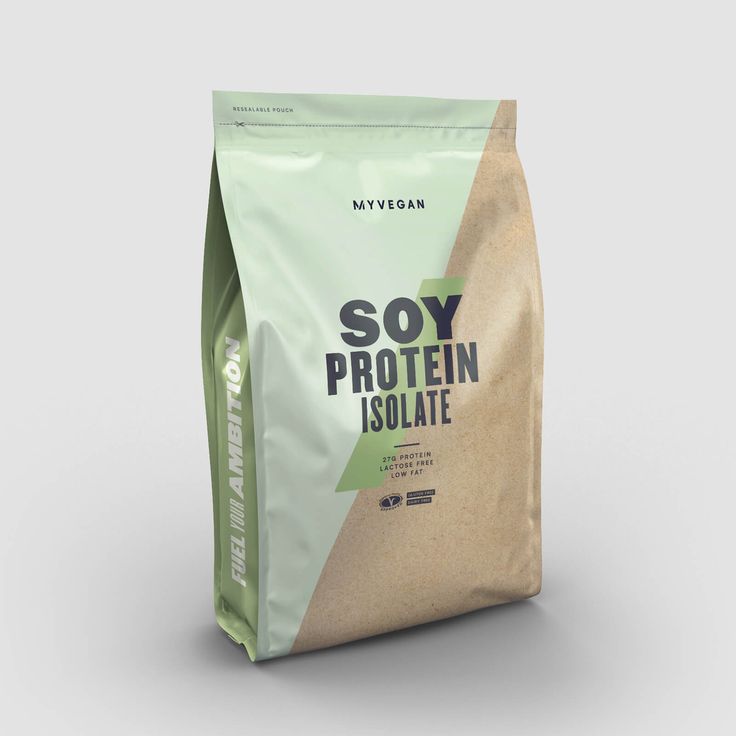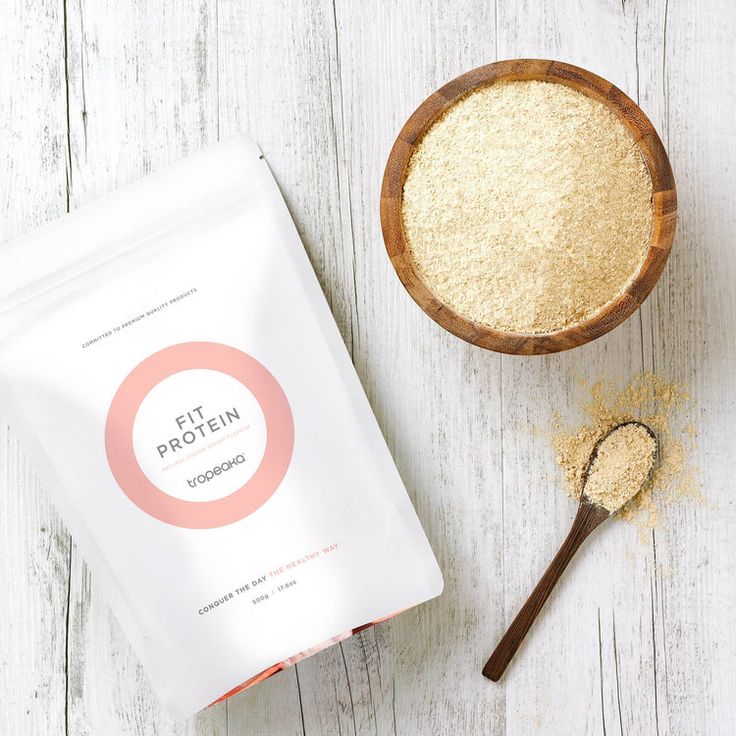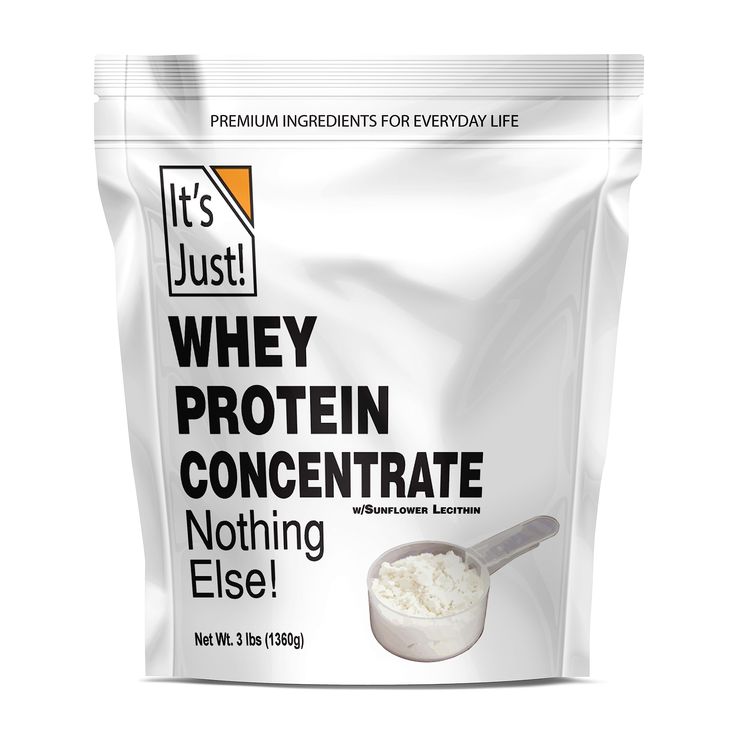What Is the Best Type of Protein Powder: Selection Guide
Introduction to Protein Powder
Protein powders have become a staple in health and fitness regimes, offering a straightforward method to boost daily protein intake. Whether you’re an athlete, bodybuilder, or someone simply looking to enhance their dietary protein, protein powder can accommodate a wide range of dietary preferences and nutritional needs. What is the best type of protein powder?

Types of Protein Powders and Their Sources
Protein powders can originate from various sources, each with unique properties and benefits. The most common types include:
- Whey Protein: Derived from milk, whey is popular for its rapid digestion and abundant essential amino acids.
- Casein Protein: Also sourced from milk, casein digests slowly, making it ideal for sustained protein release.
- Soy Protein: A complete plant-based protein that supports muscle recovery and growth.
- Pea Protein: Another plant-derived option, known for its richness in lysine and iron.
- Rice Protein: Often combined with pea protein to achieve a complete amino acid profile.
Each type serves different dietary needs and goals, from rapid muscle recovery to slow, sustained protein absorption.
Importance of Protein in Diet
Protein plays a crucial role in the body, aiding in muscle repair, enzyme production, and overall health maintenance. It’s not just for athletes; everyone needs adequate protein to function optimally. Daily protein intake supports numerous bodily functions, making it essential for maintaining muscle mass, supporting metabolism, and contributing to a feeling of fullness, which can aid in weight management. More than just a fitness supplement, protein is foundational for overall well-being.
Understanding Protein Powder Options
What is the best type of protein powder? Navigating through the vast array of protein powders can be daunting. This section breaks down the options, helping you make an educated choice.
Whey Protein Varieties and Benefits
Whey protein, sourced from milk, is a favorite among athletes for its fast absorption. It comes mainly in three varieties: concentrate, isolate, and hydrolysate. Whey concentrate offers more nutrients due to minimal processing. Isolate is higher in protein and lower in fat and carbs. Hydrolysate is predigested, hence the quickest to absorb.
Casein Protein: Slow-Release Benefits for Muscle Growth
Casein, also from milk, digests slowly. Its slow absorption feeds your muscles over hours, making it perfect before bed or between meals. It helps you feel full longer, which may aid in controlling your weight.
Plant-Based Alternatives: Soy, Pea, and Rice Proteins
For those avoiding animal products, soy, pea, and rice proteins are popular plant choices. Soy is a complete protein, supporting muscle and heart health. Pea is rich in certain amino acids and free from common allergens. Rice protein, often combined with pea, creates a complete amino acid profile for solid muscle support.
Selecting the Right Protein Powder
With numerous protein powders on the market, selecting the ideal one can be a challenge.
Assessing Your Dietary Needs and Goals
When choosing a protein powder, first identify your dietary needs and fitness objectives. Are you looking to build muscle, lose weight, or simply boost your protein intake?
- Fitness Goals: Match your protein powder to your exercise regimen for best results.
- Daily Protein Needs: Calculate your daily protein requirement based on activity level and body weight.
- Health Objectives: Consider how a protein powder can help meet your specific health goals.
Analyzing Protein Content and Quality
The protein content and quality are crucial factors to consider.
- Content per Serving: Check for at least 20 grams of protein per scoop, as experts suggest.
- Complete Proteins: Ensure the powder contains all essential amino acids for optimal benefits.
- Absorption Rate: Different powders absorb at varied speeds, affecting muscle recovery.
Considering Dietary Restrictions and Allergens
Not all protein powders suit everyone, due to allergies or dietary choices.
- Lactose Intolerance: Opt for lactose-free options like pea or rice protein.
- Vegan Diet: Choose plant-based proteins such as soy or hemp.
- Food Allergies: Check labels for allergens like nuts, dairy, or gluten.
By factoring in your personal needs, protein quality, and potential dietary restrictions, you can narrow down the right protein powder for you. Remember, no one-size-fits-all, so select the option that aligns best with your individual health journey.

Advantages of Protein Powder Supplements
Protein powder supplements offer several benefits for individuals looking to enhance their health and fitness regimes. From simplifying daily protein consumption to supporting specific body functions, these supplements are packed with advantages.
Convenience and Efficiency in Protein Intake
Protein powders provide a quick and straightforward way to meet daily protein needs. They require minimal preparation and can be consumed on the go. This makes them ideal for busy lifestyles where meal prep time is limited. You can add them to shakes, smoothies, or even baked goods, ensuring you never miss out on essential nutrients.
Support for Muscle Repair and Growth
Rich in essential amino acids, protein powders are excellent for muscle repair and growth. They’re especially useful post-workout, helping to quickly deliver amino acids to muscles, which speeds up recovery and promotes growth. Athletes and bodybuilders can benefit greatly, seeing improved performance and faster gains.
Role in Weight Management and Appetite Control
Protein powders can also play a role in weight management. They help maintain lean muscle mass, which in turn boosts metabolism. Additionally, protein is more satiating than carbs or fats, which can lead to reduced calorie intake as it helps keep you fuller for longer. This effect can be a major asset in weight loss and management strategies.
Purchasing Tips for Protein Powder
Selecting the right protein powder involves more than just picking a flavor you like. Here are some key tips:
Decoding Labels: What to Look for
When examining protein powder labels, keep these pointers in mind:
- Protein Content: Aim for at least 20 grams per serving.
- Amino Acid Profile: Check for all nine essential amino acids.
- Ingredient List: Look for minimal additives and fillers.
- Nutritional Information: Check calorie, fat, and carbohydrate counts.
- Serving Size: Note how much powder equals one serving.
Understanding labels helps ensure you get a high-quality product that fits your needs.
Importance of Third-Party Testing and Certifications
Third-party testing is crucial for quality assurance. Certifications to look for include:
- NSF Certified for Sport
- Informed Choice
- USP Verified
These certifications mean the powder has been tested for banned substances and contains what the label claims.
Evaluating Cost vs. Quality
When comparing protein powders, consider these aspects:
- Price per Serving: Calculate the cost of each protein serving.
- Brand Quality: Higher prices often reflect better quality and testing.
- Budget: Choose the best quality within your budget range.
Investing in a higher-quality protein powder can offer better results and peace of mind. Remember, the cheapest option isn’t always the best choice for your health.

Incorporating Protein Powder into Your Diet
Incorporating protein powder into your diet is a convenient way to boost protein intake. However, it’s important to balance usage with whole foods to ensure you get a variety of nutrients. Let’s look at how to effectively use protein powder as part of a balanced diet.
Recommended Dosage and Consumption Tips
Determining the right dosage of protein powder depends on your individual needs. A common recommendation is to have at least 20 grams per serving. This can support muscle recovery especially after a workout. However, it’s essential to adjust this amount based on your activity level, goals, and overall diet.
Here are some tips for consuming protein powder:
- Mix it into smoothies for a quick protein boost.
- Stir it into oatmeal or yogurt for a filling snack.
- Use it in baking to add protein to your treats.
- Combine it with water or milk for a post-exercise drink.
Always read the label for serving size and mixing instructions. Aim to spread your protein intake throughout the day for better absorption.
Combining with Whole Foods for Optimal Nutrition
While protein powders are helpful, they’re not a complete meal. Pair them with whole foods to benefit from different nutrients:
- Eat fruits and vegetables for vitamins and minerals.
- Choose whole grains for fiber and energy.
- Add nuts and seeds for healthy fats.
- Include lean meats, eggs, or dairy for additional protein sources.
By combining protein powder with a diverse diet, you improve your nutritional intake. This can lead to better health, more muscle growth, and easier weight management. Remember, balance is key to any healthy diet.